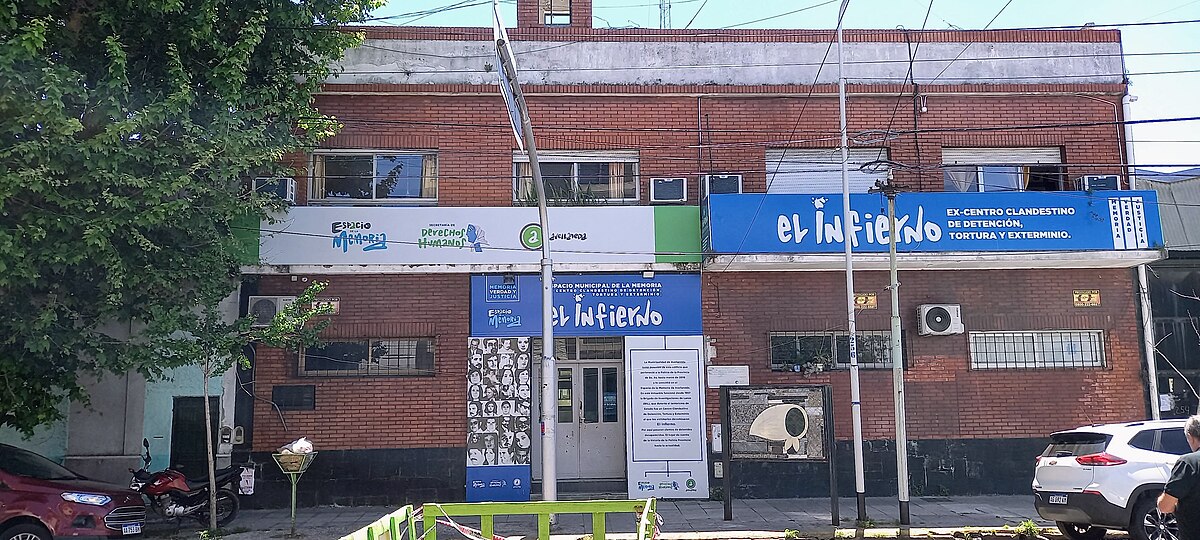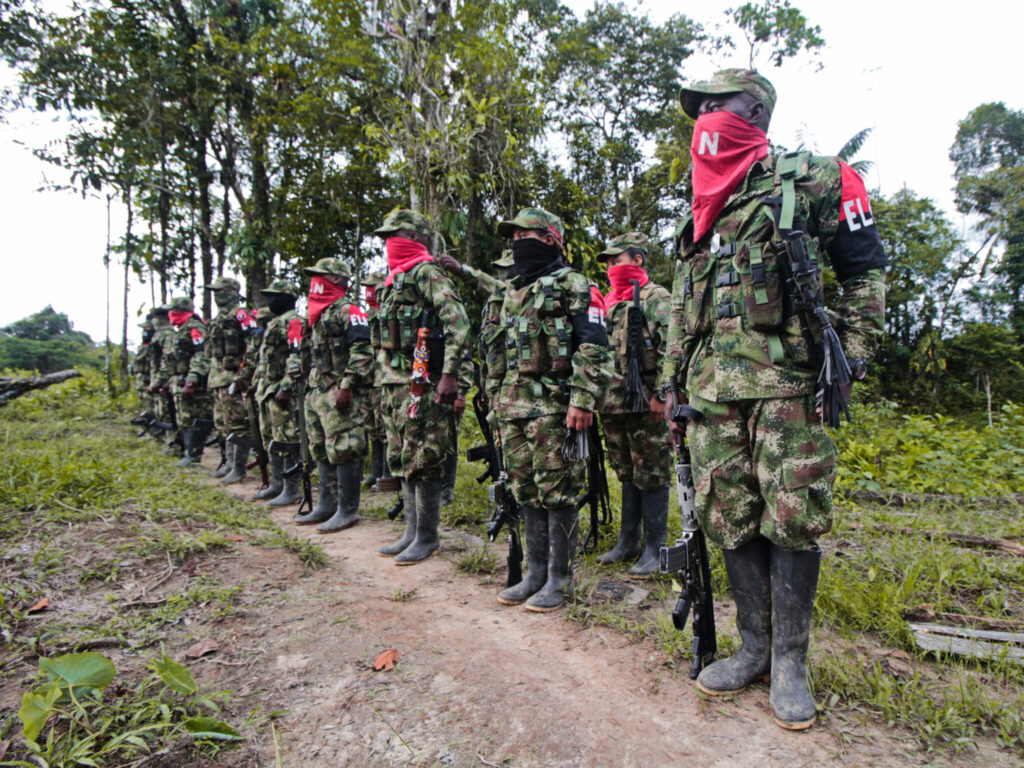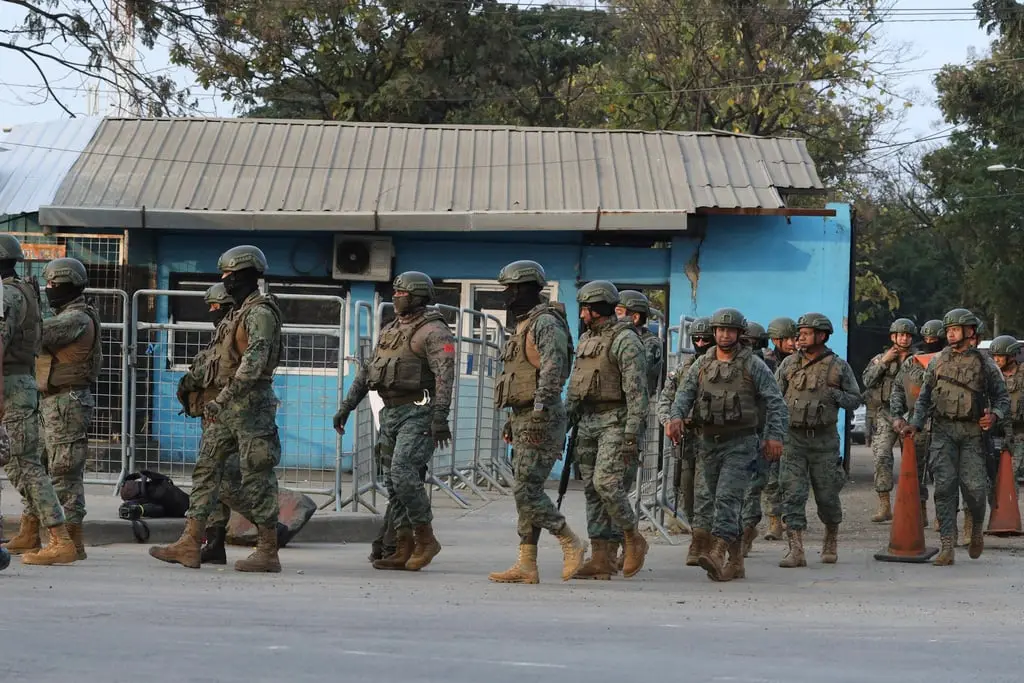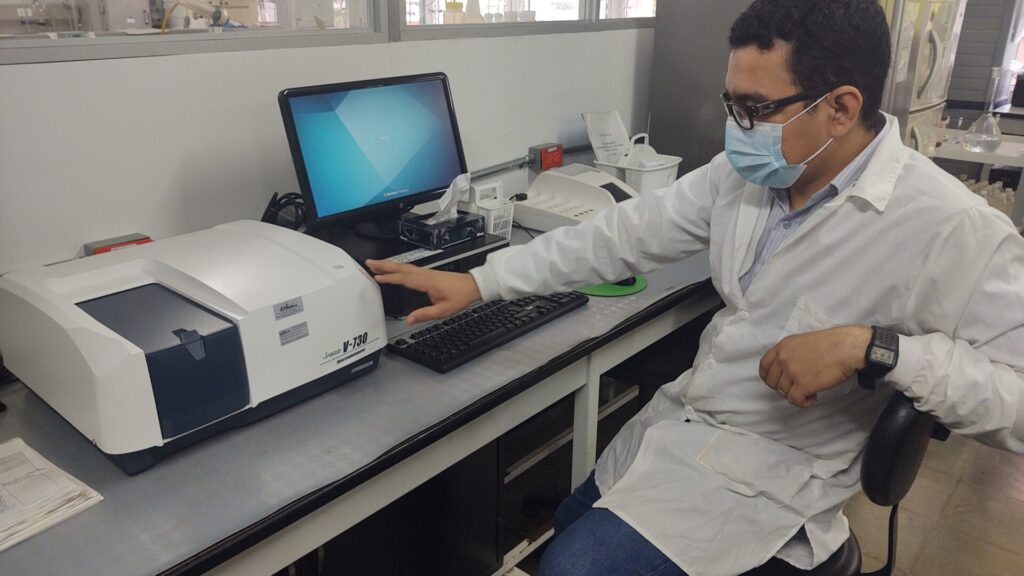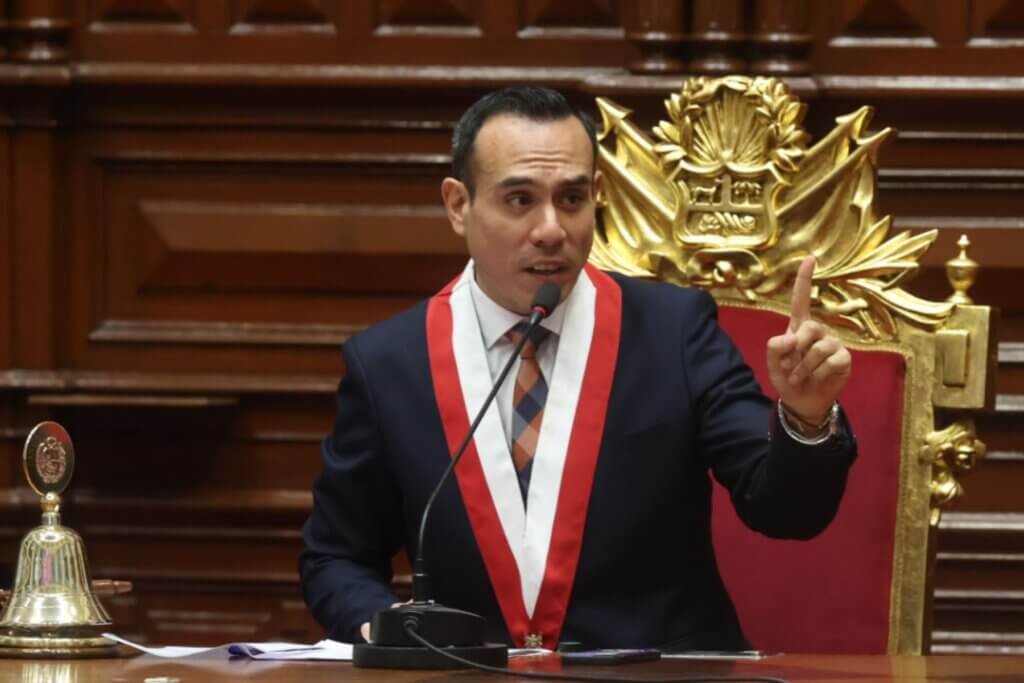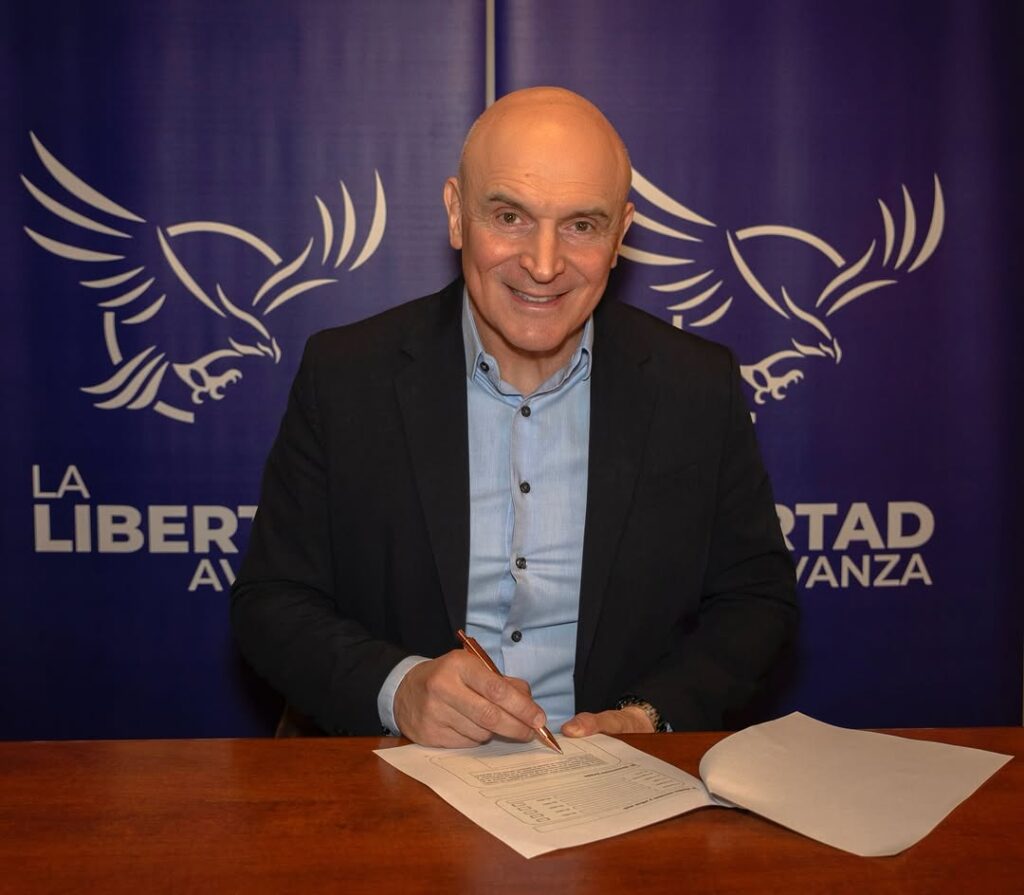The remains of Daniel Esquivel, a Paraguayan man who was “disappeared” by the Argentine military in 1977, have been identified.
According to El País, Mr. Esquivel was 32 when he was “disappeared”. He left behind his twin sister, Genoveva Esquivel, who will finally be able to bury her brother’s body on March 23.
The Esquivel twins were born in 1945, in Ququyhó, Paraguay. His sister recalled the close bond the two had as children: “Where one went, the other went too,” adding, “He was good, so good, with me and with everyone else.”
In 1970, Mr. Esquivel became one of many Paraguayans to cross the border into Argentina in search of better opportunities, where he settled in the neighborhood of Villa Caraza. Mr. Esquivel worked there as an electrician and a catechist, and was an active member of the Catholic Youth Workers and the Paraguayan Pastoral Team in Argentina.
Three months after Mr. Esquivel made the move to Argentina, his sister followed. She recalled, “We lived in separate houses, but he came to eat every day.”
On the night of February 2, 1977, military forces broke into Mr. Esquivel’s home. He was transferred to the Lanús Investigations Brigade, a clandestine detention center also known as “Hell”. He was then sent to the Vesubio clandestine detention center, where he spent two and a half months in captivity, was tortured, and was ultimately murdered. On April 22 of the same year, he was buried in a mass grave.
Following the fall of the dictatorship in 1983, Mr. Esquivel’s family registered his disappearance with the newly-established Commission for the Disappearance of Persons (CONADEP) in Argentina. However, they received no response.
The discovery of Mr. Esquivel’s remains on February 16, 2005, was facilitated by the Argentine Forensic Anthropology Team (EAAF).
That day, a group of forensic anthropologists from the EAAF exhumed two mass graves in the small town of Lomas de Zamora, which lies just south of Buenos Aires. Eight bodies were discovered, six belonging to men and two belonging to women. However, the team initially faced challenges while trying to identify Mr. Esquivel’s body as the EAAF lacked genetic samples from relatives, making it difficult to find a match to the DNA recovered from Mr. Esquivel’s body.
It was only when a “distant relative” of Mr. Esquivel put the EAAF in touch with another relative, who eventually put the EAAF in touch with Ms. Esquiveal, that a genetic match could be found.
Ms. Esquivel, who is now 80 years old, told El País: “I am very excited,” adding, “I am grateful that they found me and did a DNA test to find out if he was my brother or not. And yes, he was, I found my brother.”
A fundraiser has been launched for the construction of a mausoleum dedicated to Mr. Esquivel in Villa Caraza. Ms. Esquivel’s granddaughter said: “It took us almost fifty years to reconstruct his story and we don’t want it to be forgotten.”
It is thought that 124 Paraguayan citizens were detained and disappeared during Argentina’s dictatorship, which lasted from 1976 to 1983. To date, human rights groups claim, only 12 bodies have been recovered.
Featured image credit:
Image: “Hell” detention center
Photographer: Roblespepe via Wikimedia Commons
Source: https://commons.wikimedia.org/wiki/File:CCD_El_Infierno_%28frente%29.jpg
License: https://creativecommons.org/licenses/by-sa/4.0/deed.en


